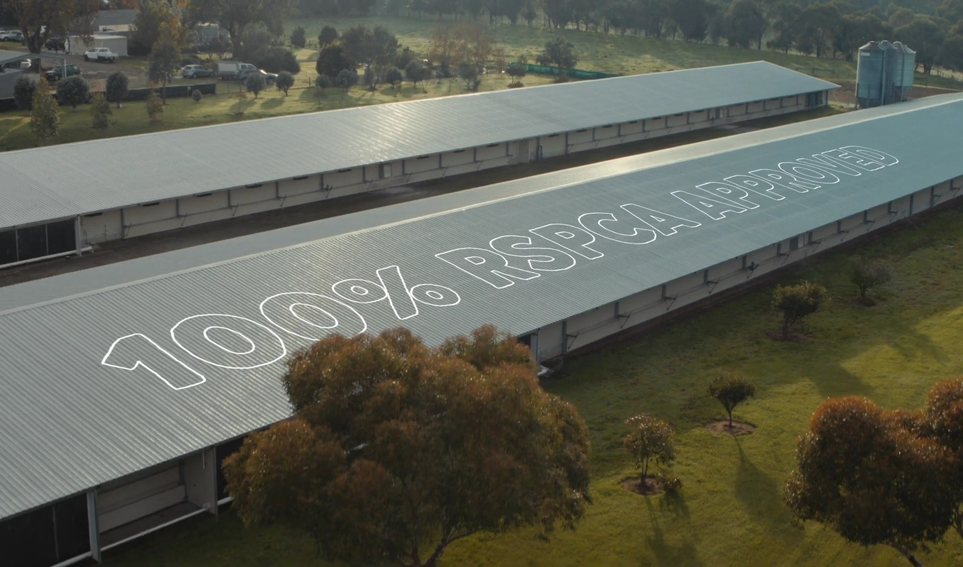Four common chicken myths busted

Here we look at what our meat-chickens eat, how they’re housed, why they’re so big, and the sustainability of chicken-farming.
Chicken is the most popular protein on our tables – with the average Aussie eating 49 kilograms each year (Australian Chicken Meat Federation) - yet myths around meat-chicken farming continue to circulate. But Australia’s largest poultry producer, Ingham’s, has set out to debunk misconceptions.
What’s in your chook? Grain-fed goodness, and their hormone and steroid free.
Meat chickens are nurtured with optimal nutrition from grains such as wheat and barley, and protein such as grain legumes and soybean meal. And you can rest assured that any usage of hormones and steroids was banned from chicken production in Australia more than 60 years ago.
How are meat-chickens housed? Poultry sheds are governed by guidelines, and 100% of Ingham’s sheds are RSPCA approved.
Meat-chickens are housed in climate-controlled sheds to protect them against hot summers, cold winters, predators, and disease. In these sheds they can move around and have free access to food and water through automatic feed systems and water lines. Within Ingham’s poultry sheds, chickens have more space for roving and flapping wings; perches and dry, friable litter – such as wood shavings – so birds can do their natural behaviours perching, foraging and dust bathing; enrichment objects for pecking and exploration; good lighting periods to encourage activity and then proper darkness to allow rest.
The RSPCA’s standard for meat-chickens has over 300 requirements for the inside of a poultry shed, and in 2021 alone, more than 340 assessments were conducted at Ingham’s farms and abattoirs.
Why are chickens so big? Selective breeding, optimal nutrition and husbandry has bred bigger broilers (meat-chickens).
For the past 60 years, Ingham’s genetic stock supplier has been selecting the fittest, strongest birds to produce the next generation – chosen for growth rate, health, disease resistance, and efficiency at transforming feed into meat. Over time this has seen the growth rate of broiler chickens increase.
What about the environmental impact of poultry-farming? Emissions from livestock production come from sources such as feed production and transport. Poultry are highly efficient in converting feed, and numerous studies have shown that chicken has the lowest carbon footprint of any land-based meat.
To learn more about Ingham’s visit www.inghams.com.au



